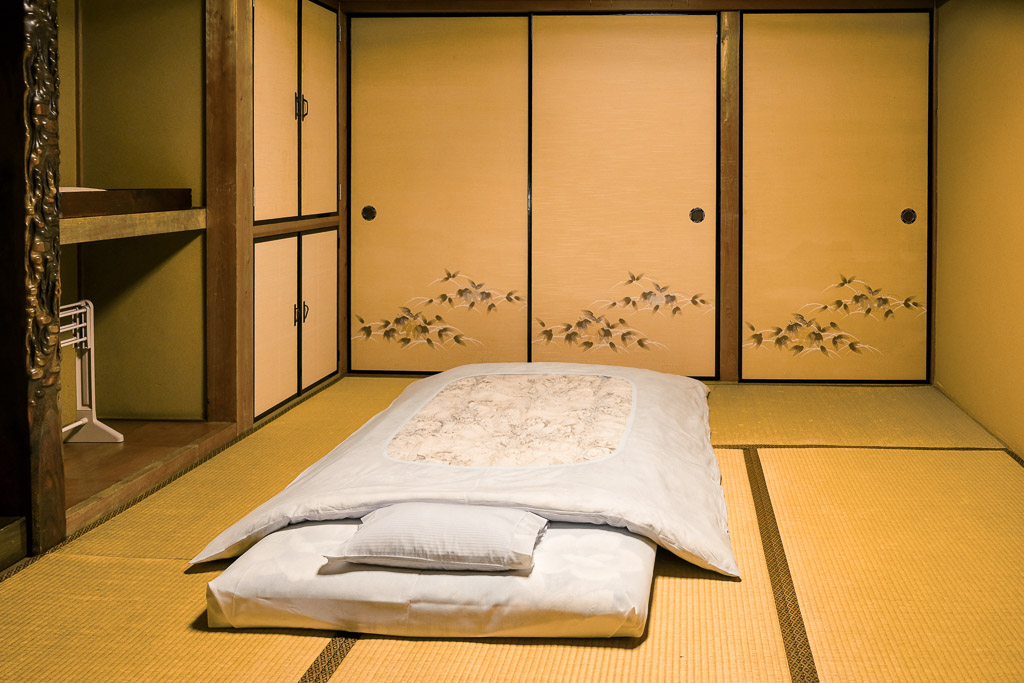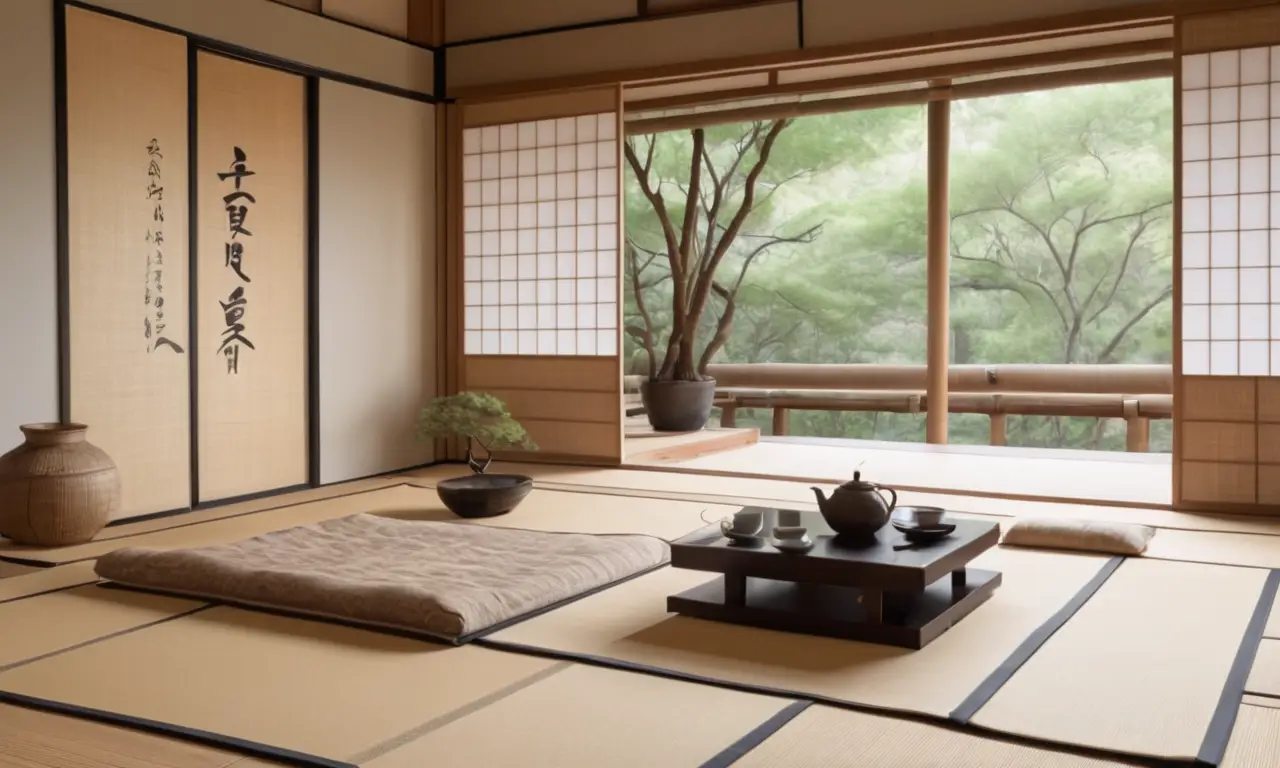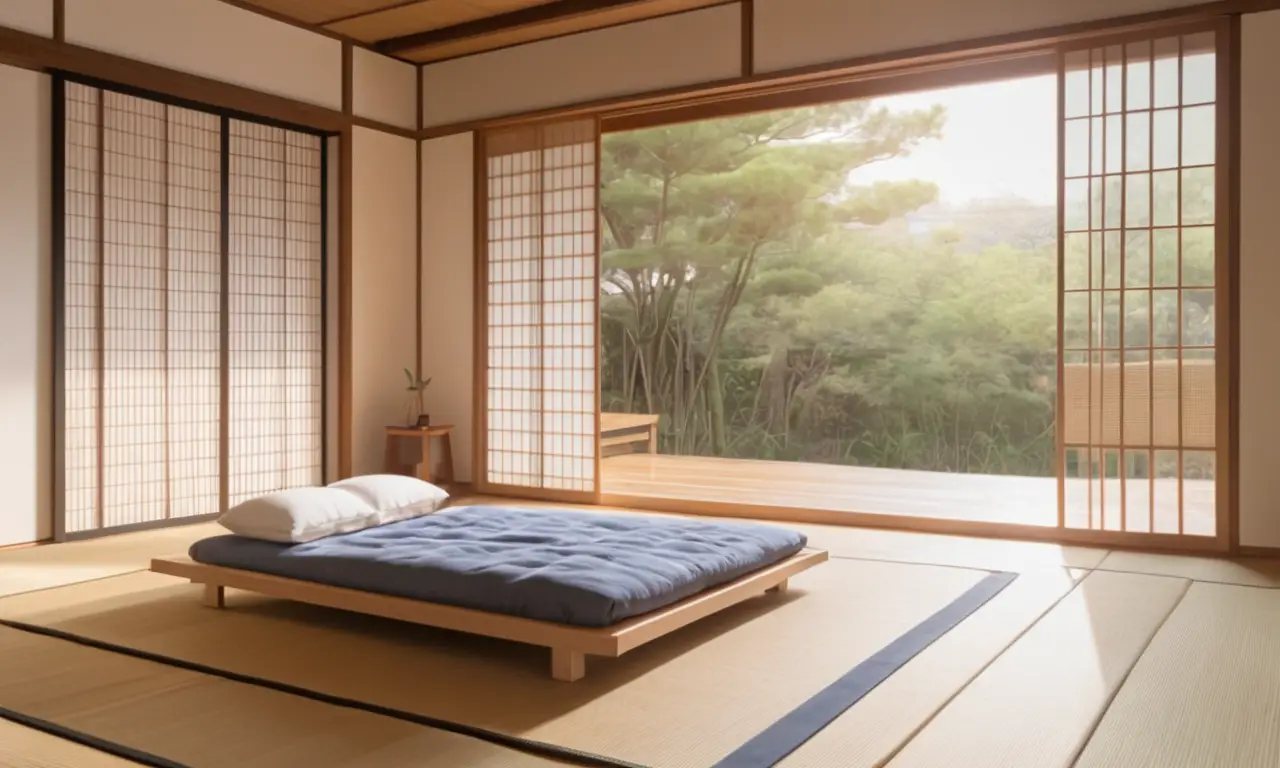
Sleeping arrangements around the world vary greatly, reflecting diverse cultural norms and practical considerations. In Japan, a unique tradition known as “futon” culture has prevailed for centuries. This practice involves sleeping directly on the floor using a thin mattress called a futon placed upon tatami mats. This article delves into the fascinating world of Japanese sleeping habits, exploring the history, significance, and benefits of this traditional way of life.
From understanding the role of tatami mats in Japanese homes to unraveling the intricacies of futon culture, we’ll journey through the cultural nuances that make sleeping on the floor a cherished practice in Japan. We’ll also examine the advantages of this unique sleeping arrangement and its impact on modern Japanese society.
Tatami Mats in Japanese Homes
Tatami mats are woven straw flooring materials that have been an integral part of Japanese homes for centuries. These rectangular mats, typically measuring around 6 feet by 3 feet, are made from rice straw and covered with a layer of rush grass. The tatami mat’s unique texture and aroma contribute to the distinct ambiance of traditional Japanese homes.
Beyond their aesthetic appeal, tatami mats serve several practical purposes. They provide insulation, regulate humidity, and create a comfortable sleeping surface. The natural fibers used in tatami mats also possess antibacterial properties, promoting a clean and hygienic living environment. The placement and arrangement of tatami mats within a Japanese home often reflect the principles of minimalism and functionality.
Functionality and Symbolism
Tatami mats are not merely flooring; they represent an integral aspect of Japanese culture. The act of removing shoes before entering a room with tatami mats signifies respect for the space and its occupants. The arrangement of tatami mats can also influence the flow of energy within a room, according to principles of Feng Shui.
Furthermore, the traditional practice of sleeping on tatami mats fosters a sense of connection to nature and promotes mindfulness. The natural materials used in tatami mats create a calming and grounding atmosphere, encouraging relaxation and introspection.
Futon Culture Explained

Futon culture is deeply intertwined with Japanese life, encompassing not only the act of sleeping but also social customs and cultural values. The word “futon” refers to both the mattress itself and the entire concept of floor-sleeping in Japan.
Traditionally, futons were made from simple cotton or wool fillings encased in a thin cover. They could be easily rolled up and stored during the day, maximizing space efficiency in compact Japanese homes. The futon’s lightweight design allowed for easy movement and rearrangement, adapting to various needs throughout the day.
Evolution of Futon Design
Over time, futon designs have evolved to incorporate modern materials and technologies while retaining their traditional essence. Today, futons come in a wide range of styles, from simple cotton models to luxurious down-filled options.
Some futons feature built-in heating elements for added comfort during colder months. Others incorporate ergonomic designs to provide optimal support and spinal alignment. Despite these advancements, the core principles of futon culture remain unchanged: simplicity, functionality, and a connection to nature.
Traditional Sleeping Arrangements in Japan
In traditional Japanese homes, sleeping arrangements often involve multiple futons arranged on tatami mats. Families would typically sleep together in one large room, with individual futons placed side by side or in rows.
This communal sleeping arrangement fostered a sense of unity and closeness within the family. It also allowed for efficient use of space, as the futons could be easily rolled up and stored during the day.
Modern Adaptations
While traditional sleeping arrangements still hold significance in some Japanese households, modern lifestyles have led to adaptations in sleeping practices. Many contemporary homes feature separate bedrooms with Western-style beds.
However, the practice of sleeping on the floor remains popular among younger generations who appreciate the comfort and simplicity of futons.
Benefits of Futon Sleeping

Sleeping on a futon offers several potential benefits for both physical and mental well-being. The firm surface of a futon provides good spinal support, promoting proper posture and reducing back pain.
The natural materials used in futons are breathable and hypoallergenic, creating a comfortable sleeping environment that minimizes allergies and respiratory issues.
Mindfulness and Relaxation
Sleeping on the floor can also promote mindfulness and relaxation. The act of removing shoes before entering a room with tatami mats encourages a sense of calm and detachment from the outside world.
The simplicity and naturalness of futon culture create a peaceful atmosphere conducive to restful sleep.
Conclusion
Futon culture in Japan is more than just a sleeping arrangement; it’s a deeply ingrained tradition that reflects cultural values, social customs, and a connection to nature. From the humble tatami mats to the versatile futons, this unique way of life offers both practical benefits and a sense of tranquility. While modern lifestyles have brought about some changes in sleeping practices, the enduring appeal of futon culture continues to captivate generations of Japanese people.
